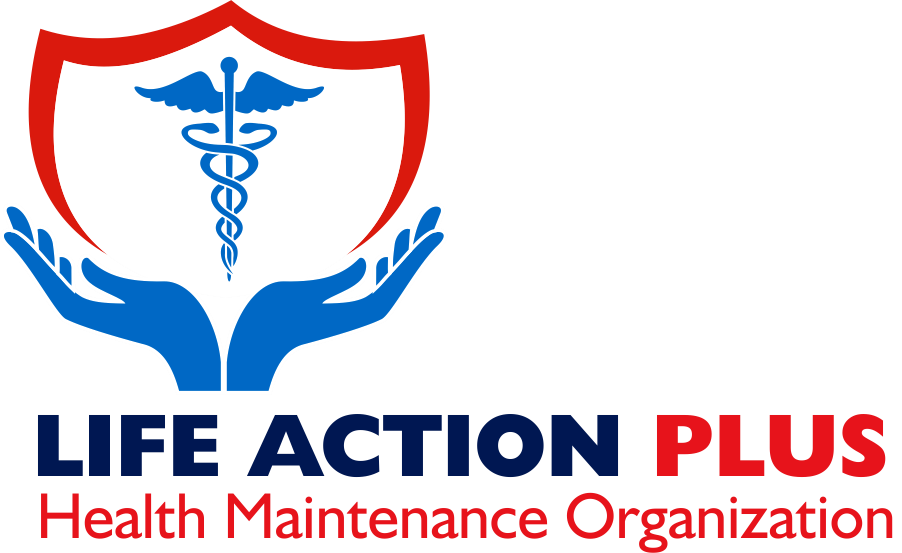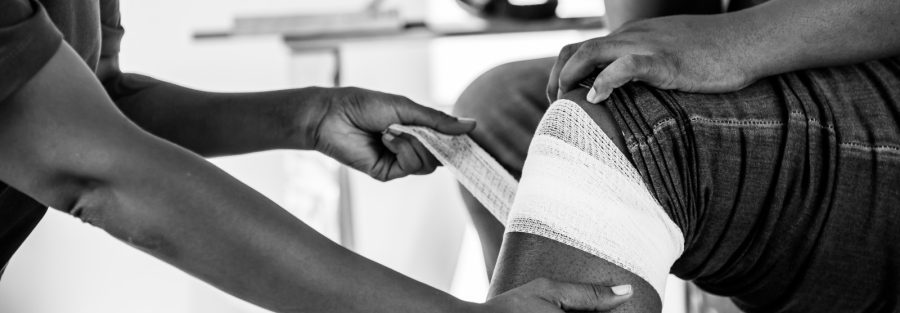Your skin is the largest organ in your body. It regulates your temperature with the help of sweat glands and has a lot of sensors that enables you touch, feel hot or cold, and most importantly, the outer layer of your skin called the Epidermis acts as a protective shield and stops germs from entering inside your body. But when something breaks the outer layer and enters into the second layer of the skin called the Dermis, we call it a wound, because when the skin is broken, there is a risk of germs getting into the body and causing an infection. So to prevent the infection, our body quickly gets into action and begins the four stages of the skin regeneration process to heal the wound.
At the first stage called the Hemostasis, the body receives alert of an injury, and within seconds, tiny things in your blood, called blood cells start to assemble for closing the wound and decrease bleeding in a process known as Vasoconstriction. This formation is called a blood clot. After the clot is formed, a special protein called Fibrin, gets into action and creates cross-links on the skin to stop the bleeding and stop germs from breaking into your skin, and while the body’s immune system undertakes the healing process under it, inflammation occurs on the outside, making the skin look red, swollen, and can be painful.

Once the bleeding stops and skin seems secured, the body sends a select group of white blood cells called the Macrophages to swallow any germs that may have entered into your skin in a process called Phagocytosis. But as these cells have to cover a long distance to reach the targeted area, the previously squeezed blood vessels now extends through a process called Vasodilation to increase the blood flow in that region.
After a few days, the third step called Proliferative stage occurs as our body releases the fibroblast cells into the wound to undertake a process called Collagen deposition. These cells generate a protein called Collagen, which helps the skin form new layers as the dermis shrinks to close the wound.
Finally, in the last and fourth stage, called Remodeling, also known as the Maturation phase, collagen is remodeled from Type 3 to Type 1, and the wound fully closes, which might take a week, month, or even a year, depending upon the depth of the injury, it might also leave a scar behind. However, it is important to note that the healed wound area will be weaker than the uninjured skin because it general has only 80% of the tensile strength of unwounded skin.


